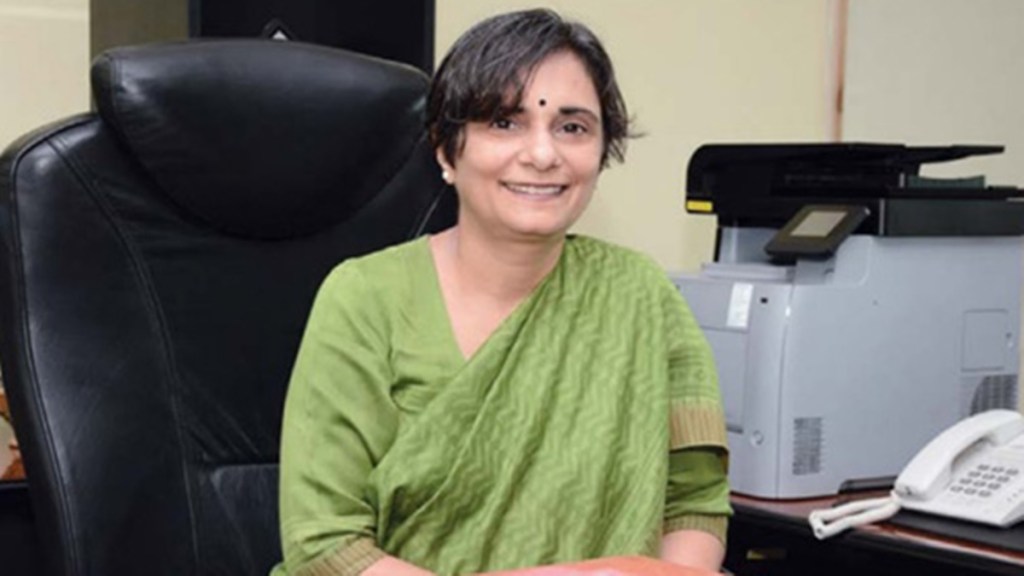Winter months are normally associated with respiratory infections. But, with an apparent new threat that China is confronted with, there is an air of discomfort and a growing concern around what to expect and how to prepare better? The latest virus in the news is the Human MetaPneumoVirus or just HMPV. As if COVID was not enough, today viral infections come encased in abbreviations that seem to cover almost all letters of the English alphabet- ILI, SARI, RSV and now HMPV.
The voice to turn to in these times is none other than that of India’s veteran virologist Dr Gagandeep Kang, an adjunct professor at the Christian Medical College (CMC), Vellore and also a director in the global health division of the Bill & Melinda Gates Foundation.
“The Indian government is a lot better placed today to paint the picture on the unfolding of infectious diseases. Earlier (pre-COVID) there was no surveillance for respiratory infections. Now, the information that the government is offering about Human MetaPneumoVirus (HMPV), the new virus that is causing concern and other respiratory viruses, is actually based on data,” says Dr Kang.
Taking off from COVID, she has seen the government establishing “a network of surveillance sites (with multiple representative sites across the country) that are looking for all the causes of respiratory infections – the Influenza-like Illness (ILI) and Severe Acute Respiratory Infection (SARI) cases and also looking at the causes of a particular syndrome. That surveillance network has now been functional for quite sometime now and is generating some very useful data,” she says.
How useful is this data and what does it cover? She explains: “When you can look at details like – is the number of admissions to hospitals going up?, what is causing this condition changing? And are able to say, we are not seeing a pattern that is showing a humongous increase in a particular pathogen then you could confidently say there is no need to worry at the moment.”
Dr Kang, a strong believer in data-driven decision-making, says: “When you can look at your own data and say, 1, we are not seeing enough pick in these kinds of infections and 2, that the HMPV is one among the many infectious agents that we see in this syndrome, it gives you confidence that the government is using its data and its surveillance network well. If they were doing a surveillance into everything that was coming into hospitals and it turns as just one pathogen, it would be time to worry. But if you have a clinical syndrome and there are many different pathogens contributing to it, this does tell you that this is not something that is particularly unusual.”
The respiratory surveillance network that the government, she says, has really been established post COVID. “Some of it was during COVID where they had started to look at respiratory infections in key places. But, after COVID, they actually made it into a very systematic sort of network, where you have stable surveillance sites” – the ILI, SARI network by the department of health research and the ICMR (The Indian Council of Medical Research) along with the DGHS (Directorate General of Health Services), which runs the National Centre for Disease Control (NCDC) and all of them part of the health ministry albeit functioning as separate and parallel arms of the health ministry.
The surveillance that the ICMR does tracks patterns overtime- the number of admissions for both ILI and SARI. These numbers typically go up in the winter months. “In general, in colder weather you tend to see an increase in respiratory illnesses. Today, as per these findings, going by the proportion of cases, there is no change in the pattern in terms of which particular pathogen is causing these kinds of conditions.” Other than the HMPV, they look for influenza, COVID, Adenovirus, Respiratory syncytial virus (RSV) and “across all of these they are not really seeing one pathogen being more impacting than the others,” says Dr Kang.
The case just detected in Bengaluru therefore does not seem to suggest a new concern but an apparent result of better surveillance.
On the antidotes, Dr Kang had this to say: “There is no appropriate anti-viral for HMPV. For most respiratory infections, do not ignore but need not bother with an antiviral.”
But what about the severe symptoms these days and the long time to recovery- in some cases more than 10 to 15 days? The good doctor says, “I think we should not blame the pathogens for this but attribute it to pollution and the environment. So, pollution is what people should be watching out for and making sure the air is as clean as possible. When people refer to cases of double pneumonia, they mean both lobes of the lungs are affected.”
What would then be her message for people: “the best thing you can do is to manage the symptoms. So, making sure you take to steam inhalation early on and take a paracetamol in case there is fever and look after the symptoms and if you encounter respiratory distress then see a doctor, who can guide appropriately.” In cases where the symptoms lead a patient to pneumonia then he or she may need antibiotics but then it is best left to the doctor to decide.

